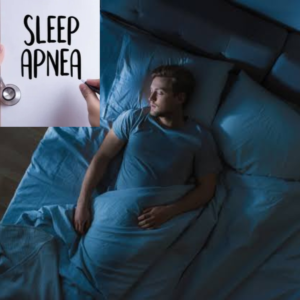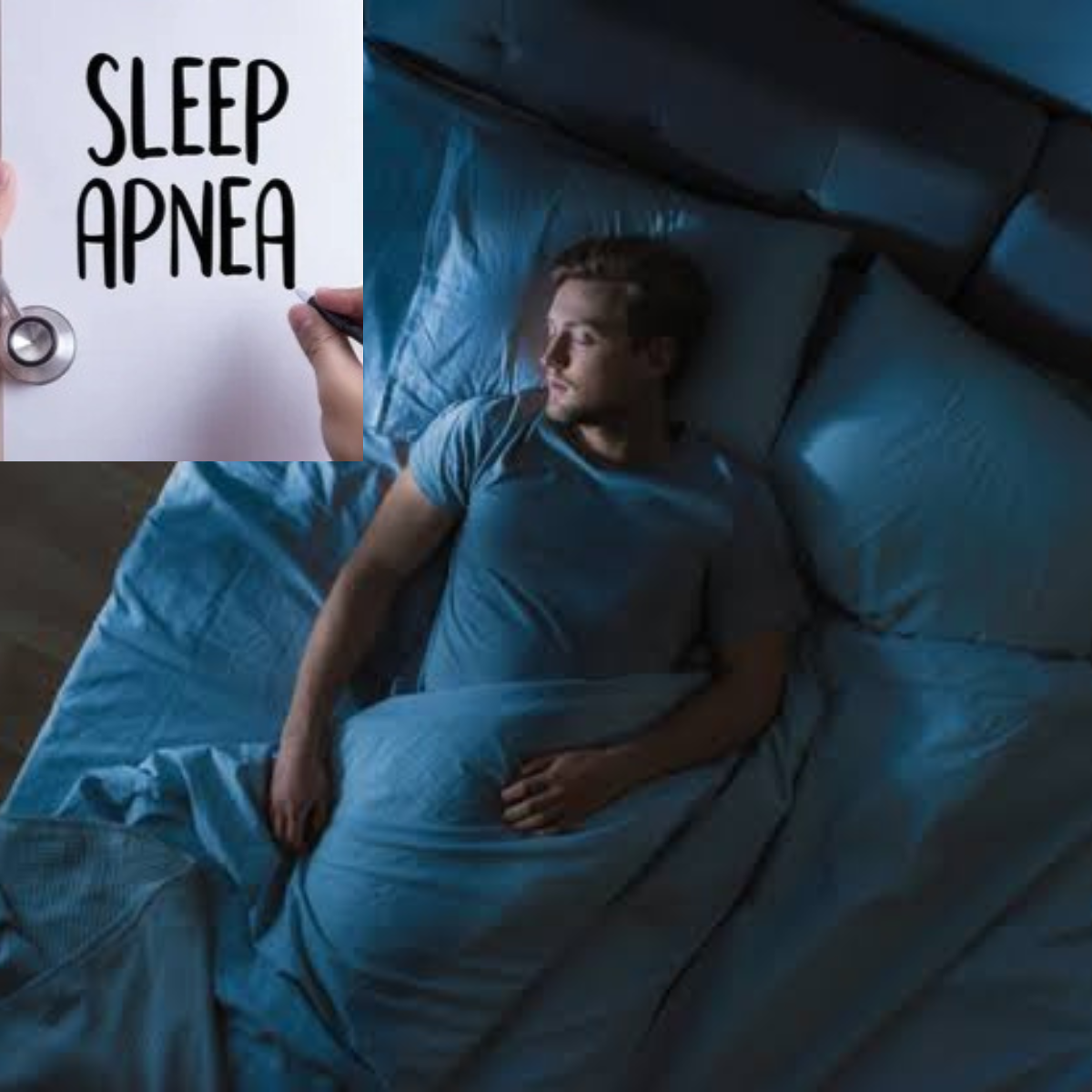What Is inspire Sleep Apnea Treatment and Does It Work?

According to estimates, 2% to 9%1 of adults in the US suffer with obstructive sleep apnea (OSA), yet many cases go misdiagnosed, according to experts. A physical obstruction in their upper airway prevents people with OSA from breathing normally2 while they are asleep. People may snore, stop breathing, gasp, choke, and awaken unexpectedly as a result of it.
People who have OSA complain of daytime sleepiness, headaches, attention deficit disorder, and brain fog. Living with OSA is linked to more major health risks3, such as heart attack, stroke, high blood pressure, and high cholesterol. A person’s lifestyle and genetics can both contribute to sleep apnea. Although there is no known cure, therapy can lower the risk of heart and blood pressure-related issues and improve the quality of sleep.
In addition to OSA, there are two other kinds of sleep apnea: mixed sleep apnea and central sleep apnea (CSA). Because of improper communication between the brain and the muscles that control respiration, people with CSA4 have problems breathing. People who have mixed sleep apnea have both CSA and OSA. Only OSA sufferers are supposed to receive treatment with the Inspire Sleep Apnea Device.
We’ll examine the Inspire Sleep Apnea Treatment in-depth, outlining who qualifies, how it functions, and any possible adverse effects. The likelihood of success and treatment costs will also be discussed. What it feels like within your body, how it differs from CPAP therapy, and what to anticipate in the years following implantation are all things you’ll learn.
What Is Inspire Sleep Apnea Treatment?
An upper airway stimulation (UAS) therapy called the Inspire Sleep Apnea Innovation is intended to open your airway while you sleep. Successful treatments reduce OSA-related symptoms and ease breathing. An Inspire-certified doctor inserts a monitoring device in your chest during an outpatient procedure after confirming you meet the eligibility requirements. In order to implant a nerve stimulator, another incision is made under your chin.
The two parts cooperate to keep track of your breathing and send light pulses to the nerve that moves your tongue. Your airway is opened up as a result of this stimulation, which pushes your tongue to the front of your mouth. Despite being implanted in your body, the device is only operational when you turn it on with the provided remote before going to sleep.
What Is the Success Rate for Inspire?
The apnea-hypopnea index is a scale used by doctors to assess the severity of sleep apnea. It is best to schedule a sleep study to find out your AHI5. Doctors count the number of times a subject stops breathing or breathes shallowly for 10 seconds or longer during sleep studies. By dividing that sum by the total number of hours spent sleeping, they arrive at the AHI score.
According to a clinical study, 66% of study participants6 who used the Inspire device for 12 months saw at least a 50% reduction in their AHI scores. The oxygen desaturation index (ODI), which gauges how frequently a person’s blood oxygen level dips below normal for 10 seconds or longer, showed that 75% of participants had at least a 25% reduction. The median ODI score fell 70%, while the median AHI score dropped 68%.
How Does Inspire Sleep Apnea Treatment Work?

To prevent your tongue from obstructing your airways, Inspire Sleep Apnea Treatment moves it forward inside your mouth. The apparatus is made up of three main parts: a monitor that counts your breaths, a nerve stimulator that moves your tongue, and a remote control.
You use the remote to turn on your gadget just before going to sleep. The implanted gadget in your upper chest turns on and starts tracking your breathing. Every time you breathe in, the device communicates with the nerve stimulator beneath your chin, and the stimulator pulses the nerve that manages the movement of your tongue. Your tongue will move toward the front of your mouth as a result of the stimulation, creating more room for air to pass through.
You are less likely to snore, stop breathing, gasp, or choke as a result of the treatment since it makes breathing simpler. This improves the overall quality of your sleep. Users claim that after going to sleep, they no longer feel the pulsing beneath their chins. Although it is felt, the stimulation shouldn’t be unpleasant or painful. The chest-worn device shouldn’t cause you any discomfort.
Disclaimer: Before following any such treatment/medication/diet, please consult your doctor.

